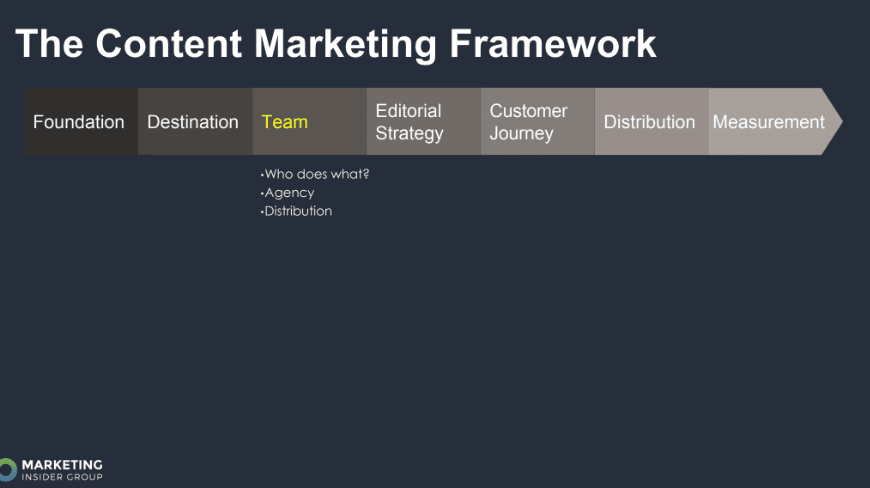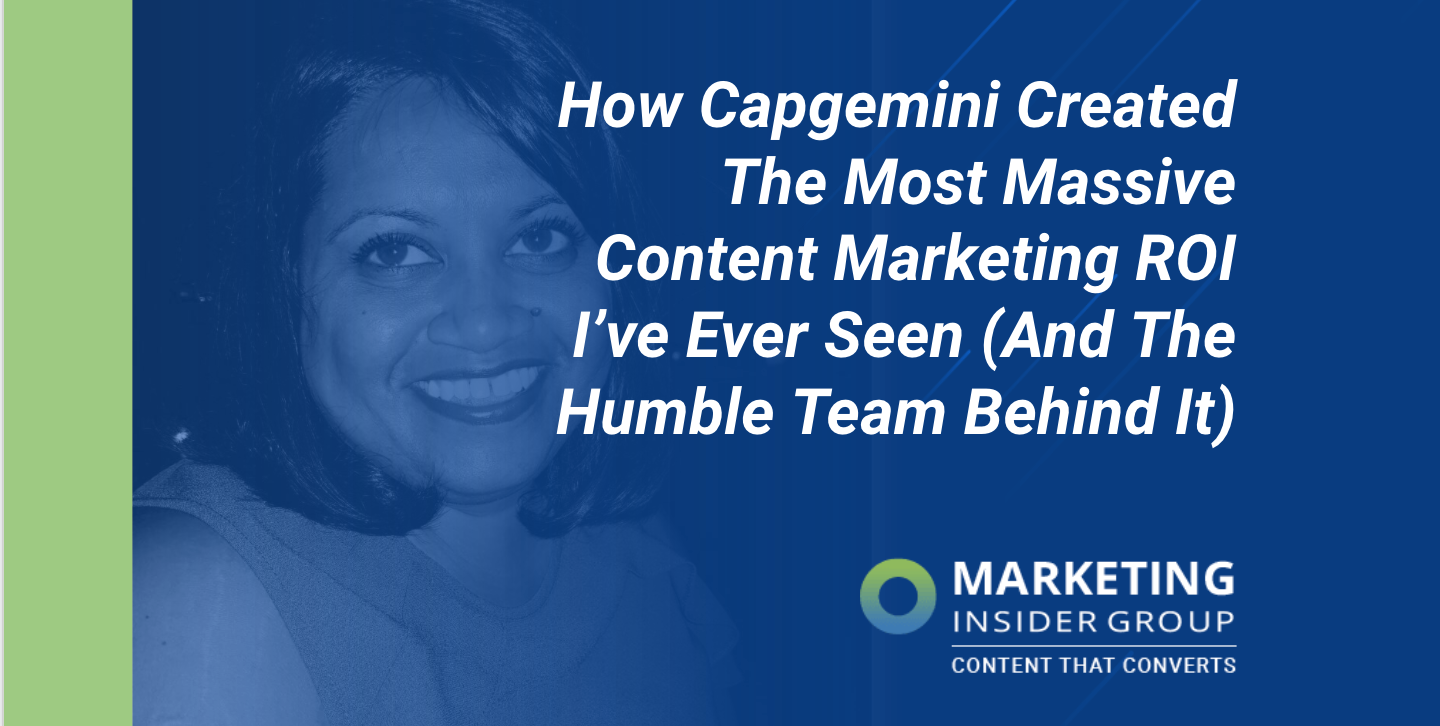How We Help Brands Like Yours Develop a Content Marketing Strategy

SEO. Social media. Websites. Blogs. Developing an effective content marketing strategy can feel daunting with so many options and strategies available. Earlier this week, we shared the results of our approach to developing content. Here in this post, I am sharing how we do it for brands like yours.
We speak with brands on all points of the content marketing journey. From those who are still learning what content marketing is and why it’s important to those who are implementing their campaigns and need guidance, we help brands develop processes that allow them to effectively reach their customers.
Quick Takeaways:
- The use of content marketing continues to grow. Over 80% of marketers are intently focused on creating content that builds brand loyalty.
- Content marketers should focus on solving their target audience’s problems.
- Connect with your audience on platforms where they hang out. Create content in formats that they prefer to consume.
- Brands need to recognize that employees are their most powerful marketing resource and figure out how to activate them.
- An effective content strategy involves data, brainstorming, alignment with the consumer journey, and constant monitoring of key metrics.

As many brands have figured out, content marketing is critical to a brand’s survival in today’s economy. Content Marketing Institute’s 2022 Benchmarks, Budgets, and Trends announced that 43% of marketers report their organization’s content marketing budget has grown since 2020..
74% percent of marketers say their campaigns were more successful compared to one year ago with 66% expecting their content marketing budgets to continue to increase. Respondents indicated that the more their content marketing matures, the more likely it is to succeed.
One thing is clear: content marketing is a marathon, not a sprint. We are here to help you and your brand get to the finish line with loyal customers whose needs have been met.
Here is how we do it:
1. Content Marketing Objectives
How we think about and approach marketing has shifted in the past decade. Buyers are now completely in control of their purchasing journey. It’s up to brands to fulfill the consumers’ needs with a seamless, quality experience. However, one thing has not changed: defining the objective of a content marketing campaign.
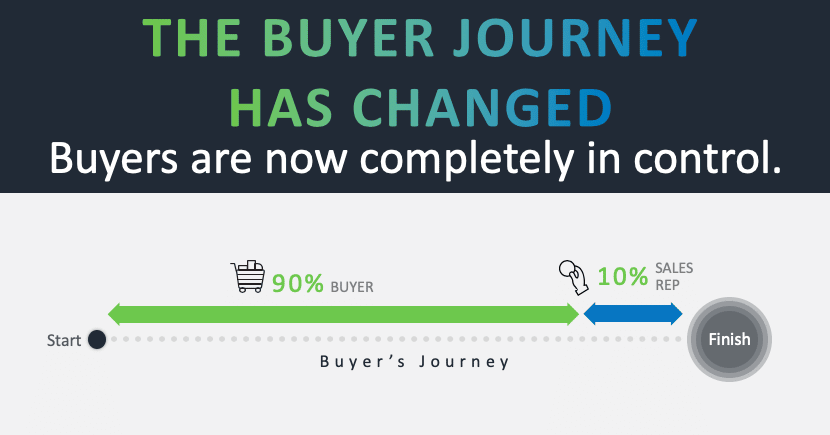
This step requires an analysis of five areas within a brand:
- current audience insights
- business case
- current state
- mission statement
- budget
In short, where is the brand now? What is our mission statement? Who are our current customers? How much budget do we have to spend?
2. Defining the Target Audience
Since the buyer is now completely in control of their experience and has high expectations of the brands they’re willing to build relationships with, understanding the buyers is critical.
It goes far beyond the traditional basic data like age, gender, race, income level and location.
In content marketing workshops with clients, we always consider various other factors that may contribute to a person’s decision to buy a product. Are they happy in their lives, both personally and professionally? What frustrations are they currently experiencing? Where do they get their information? What are they curious about?
The list of possible questions is extensive but it helps us begin to build the framework for a successful content marketing campaign.

3. Publishing Content
Defining where and how your target audience consumes information frames where you will be publishing content.
We’ve noticed some confusion when it comes to platforms. We don’t blame you! There are at least a dozen social platforms that millions of people frequent. Add to that the scores of content management systems that you could build your hub with. It’s easy to get lost.
However, we place the most value in the location where a brand can own their content – just look at what the best in content marketing are doing. While they are a great place for content distribution, the constant flux in social media algorithms and user agreements make them an unreliable platform to build a content marketing strategy.
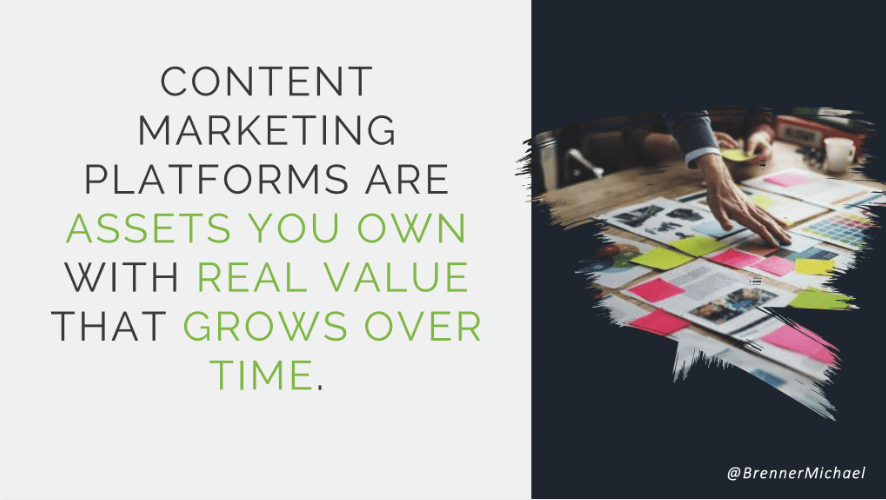
4. Content Marketing Workflow
Next, we identify the best way we can work with you and your brand. This process includes defining how we will ideate, approve, create and publish your content marketing campaign. For some clients, this is a relatively simple process. Others have required additional steps set by law or previously defined internal procedures.
5. Editorial Strategy
Once we have a good understanding of a brand’s goals, who their target audiences are and what platforms to reach them on, we can start defining the editorial strategy. This includes figuring out content themes, topics, and types. For example, at Marketing Insider Group, we identified four key themes:
- content marketing workshops
- content strategy agency
- employee activation
- content marketing for events

Then we built out topics around these themes, such as tools to use or how to use video in your content marketing strategy. How these articles are actually written depends on the topic but the content may include general articles, lists, how-to articles, infographics and why posts.
6. Brainstorming
Part of building an effective content strategy includes brainstorming. We collaborate with our clients to explore the various ways we can reach your target audience. It can be (and in my opinion, should be) one of the most fun parts of the process.
We implement tactics such as design thinking where each individual comes up with a list of ideas and then the group categorizes them.

Don’t worry, analytical types. We use data-driven tactics to brainstorm.
- Google is one of the first places we start. It provides suggestions based on the volume of searches done for a topic.
- AnswerThePublic is another great resource to categorize the most frequently asked questions around a keyword.
- BuzzSumo helps us identify content that has performed well in a specific time span. We are able to look at our own content as well as what competitors have done that’s worked. The platform also enables us to find high performing content by topic.

7. Consumer Journey: Where Does the Content Fit?
The journey to reach a consumer who has never heard of your brand is going to vary from the consumer who follows you on social media. We work with brands to determine what demographics should fall into the three stages: early, middle, and late.
This stage also determines the frequency in which we create or repurpose content and how we reach the consumer (blog posts, email, social). One thing we always have in mind: buyers are not searching for product specifically. They are looking to solve a problem.
8. Content Distribution
Your content marketing campaign has multiple platforms to choose from: website, social, podcast, video, paid advertising, and harnessing employee activation. It’s here that we work with our clients to help determine which tactics will best help reach their goals.
We encourage the brands we work with to look within when deciding the best way to promote their digital content as their strongest marketing tactic exists on the payroll: employees. When employees share their employer’s content, it can generate up to 8 times more engagement and increase 14 times more brand awareness than brand-only content.
9. Content Marketing Measurement
Research indicates that for every one buyer, there are 100 pieces of content produced. This statistic makes measurement a key component of a content marketing strategy and is also most likely where your CEO will be most interested.
Early in the process we help brands determine what metrics need to be monitored depending on their goal(s) and buyer stage and provide them with a dashboard to help keep track. Our reporting schedule varies but is optimized to ensure a brand has a successful content marketing campaign.

Let Your Content Differentiate Your Brand
Good content marketing is imperative for distinguishing your brand and positioning yourself as a thought leader in your industry. It can be hard to keep your ideas fresh all the time, especially because your competitors are going to be turning out content as well.
Not only that, but every time you come up with something new and exciting, you can bet that your competition will be following behind shortly. Here are some tips for differentiating your brand using content marketing.
1. Position Yourself Strategically
It’s important to differentiate yourself from the competition by using your content to show your unique perspective.
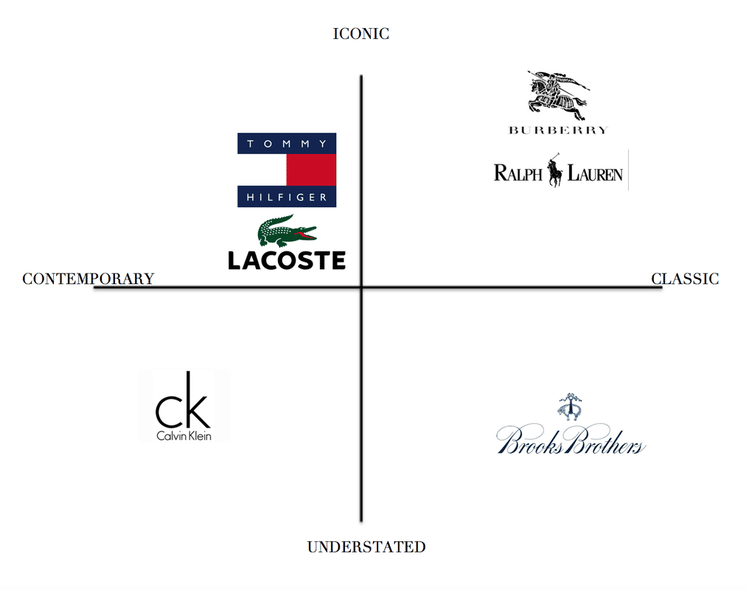
Before you can get your brand into a good position, you need to get to know your target market, key content marketing trends in your industry and some research on what your competitors are getting up to.
Find out what sort of creative direction the competition is pursuing. Look at the kind of tone and aesthetics they favor. Some good places to get a sense of this are their logo, mascots, and even the colors they select.
- What sort of themes are they working with?
- What is their message?
- What kinds of campaigns are they running?
If you want to stand out, you need to know what you’re trying to stand out from. Make your brand unique so it can fill a niche. Take what your competitors are doing and do it better, or put a fresh spin on it.
2. Focus on Customer Experience
“Customer experience can be an excellent way for you to differentiate your brand. Instead of approaching this with the mindset of there being one ideal customer experience, try and find out what your customers are looking for. Different customers use different brands because they enjoy the unique experience that brand provides,” writes Jerry Estes, content marketer at Revieweal.
The experience should align with your positioning; it should suit your brand’s personality and also include variety.
3. Create Quality Content
There are a lot of good ways to create quality content your customers will love. One good way to start is figuring where your niche will be. Think about an area that is underserved and therefore hungry for content that appeals directly to them. You can amass a loyal following of people if you are able to appeal to a niche that has not been receiving much attention from other brands.
Another good direction is to make your primary focus educating and informing people. Find out what your customers’ most common questions are and create content that addresses those questions. Use forums and blogs to find out which topics are most popular when people search for your brand or industry, then create content based on that information.
4. Pursue a Long Term Growth Strategy
Fads will come and go, but they should not determine how you lay out your strategy. Your strategy should be based on long term growth, and not the flavor of the month.
The internet has a very short attention span, and a rapid turn-around cycle. If you start trying to work this week’s sensation into your strategy, your brand will end up looking out of touch very quickly.
“Think long term and also see how far your boundaries extend. Look for new areas, that lie within your sphere, where you can expand and continue on with sustained growth. Just remember that you should make sure that when you do expand, you don’t contradict your brand’s positioning or message,” recommends Doris Tanguay, ecommerce content writer at Essay Services.
5. Use Online Resources to Improve Your Content Writing Skills
A lot of people have great content ideas but struggle with writing good copy. The good news is there are many resources available online that can teach you how to write like an expert.
Here are some good ones to get started with:
- Studydemic / Academadvisor
Use these resources to get your grammar knowledge up to speed. You can really discredit yourself and your brand if you’re publishing content with bad grammar. - Assignment Writing Service / Essayroo
These online proofreading tools will give you content copy that is flawless. Just a single typo is all it takes to make you look like an amateur. - StudentWritingServices
Writing is so much easier when you’re using a guide. This writing guide will walk you through the process from start to finish. - UKWritings / BoomEssays
Editing can be tedious, and not a lot of people enjoy doing it, but these resources will make the process easier and faster.
6. Segment and Distribute
A lot of brands struggle with segmenting based on the wants and needs of the different segments of their audience. When you’re segmenting your audience, it’s smart to be thinking about where each group lies in their journey, in terms of awareness, engagement, conversion, and loyalty.
Segment your content based on pricing, customer care, product lines, and services. It’s also important to factor in geographical location and relevance to your segmentation.

Differentiation affects both your short term profits and the long term viability of your brand. If you’re just a less interesting version of someone else, why would anyone bother with your brand? It’s important to position yourself well, and keep up with what other similar brands are doing, so that you can find a unique angle to work on.
Best Examples of Brands with a Great Content Strategy
Thanks to the explosion and the proven value of content marketing, it seems like every brand these days has its own publishing house and an elaborate content marketing strategy to boot. They’re creating content on dedicated websites to target their demographic, convert visitors, increase their exposure, and establish themselves as voices of authority within their industries.
However, like much of the content out there on the internet, most branded content is not exceptional. Some brands just don’t get their customer base, while others recycle articles, photos, and videos instead of producing original pieces and are too pushy trying to sell their products.
If you’re gearing up to start your own branded content website, and want to get the most content marketing ROI, you should research what the best-of-the-best brands are doing. We spoke to five of them — IBM, Casper, GE, Barneys, and Williams-Sonoma — about how they built their sites and consistently put out excellent content.
These content creators discuss about their content marketing strategies, their methodologies, and their goals when it comes to building a branded content site.
IBM: Creating a real-time content desk
Tami Cannizzaro, who designed a real-time content desk for IBM way back in 2014 has this to say about branded content or messaging: “I don’t think I’ll get too many opinions to the contrary when I suggest that effective marketing is getting harder every day. Consumers seem to have developed an allergic reaction to anything that smacks of selling. Banner ads are essentially wallpaper with a dismal .1% conversion rate. Television ads have been all but eradicated by the DVR. Text ads are brand destroyers unless they’re pushed at point of sale while the discounted coffee is still piping hot. I could go on.”
So what can you do to insert your brand into a welcome conversation? Successful marketing is all about building relevance and utility for your brand. A social network is often the beginning of the conversation and should extend into the entire brand experience. Here’s what Tami and her team did about it at IBM: They built a real-time content desk. It’s a system that changes the way we build and disseminate branded content.
There are essentially five stages—here’s how you can build one for yourself:
Monday – The Beat Box: Ask what’s happening in the world that’s relevant to your customers and find the hot conversations. Social listening tools can help to identify the latest topics. An agency like Sparks & Honey can help you tap into significant cultural trends. They run a daily report on relevant world events, consumer trends and general cultural shifts. Build themes that align to the identified areas of interest in the marketplace.
Tuesday – Editorial Sync: Figure out what content you want your audience to consume and how. This is best done by a seasoned PR expert working with your marketing team to provide guidance and direction. Examples might include the fact that election season is coming up and you want to show how your software can help to identify the right candidate, or it’s Valentine’s Day and you’re selling overpriced gifts for lovers.
Wednesday – The Angle: Brainstorm on what content will be produced. Our agency, Ogilvy & Mather, supports the desk with a creative team and content strategist to develop a mix of short, consumable content as well as longer-form content. A fact-filled SlideShare, a report that ties in to an upcoming holiday, a short video series—all great content candidates.
Thursday – The Deadline: Determine how you will deploy the content across branded properties. Lay out a strategy for how content will be amplified through paid, owned, and earned media. Adding technologies like retargeting can help to bring consumers down the funnel.
Friday – The Analytics: Perform a weekly assessment of winners and losers. What types of content are consumers engaging with and sharing? Understanding which content types and themes are successful is critical to increasing brand engagement.
The real-time content desk helped IBM become experts at creating content that resonates. The nirvana for this type of desk is “news jacking” in conversations, like pushing a SlideShare into a competitors’ conference stream or being the top tweet that goes viral during a popular world event.
As consumers, we hate being sold. As marketers, we know we need to sell. In order to be heard by consumers today, brands need to align with how people experience the world and find a meaningful, relevant way to make the right connection. A content engine like IBM’s is a great way of driving that engagement.
Casper: Focusing on awareness, not conversion
Casper is a startup that provides “outrageously comfortable” mattresses sold directly to consumers — eliminating commission driven, inflated prices.
Since its launch in April 2014, the brand has grown rapidly, generating $30 million in revenue over a 10-month period and expanding its team from five to hundreds of people.
While Casper has always powered an on-brand, on-domain blog, the brand made a surprising move in June 2015, announcing its launch of Van Winkle’s, an off-brand, independent editorial venture.

Quality Journalism Exploring All Aspects of Sleep
Per Casper’s announcement on its branded blog, Van Winkle’s is an “independent editorial venture, staffed by an award-winning team of journalists. Van Winkle’s’ original features and stories explore all aspects of sleep, from science to pop culture.”
Luke Sherwin, Casper’s Co-founder, explains the editorial strategy further, saying the site will publish “weekly in-depth features, hard-hitting investigative pieces, columns, explainers, and relevant product reviews.” Reporting will also cover cultural topics and issues “through a lens grounded in rest and wakefulness, like the societal implications of Benzodiazepine, experimental interrogation techniques, or the limitations of quantification.”
The brand is clearly putting the mission of providing quality content at the forefront of its strategy, staffing experienced journalists from Maxim, Travel + Leisure, Salon, Mic, Gawker Media and Men’s Journal. The team will be led by Elizabeth Spiers, a former editor in chief of the New York Observer and a founding editor of Gawker.

An Independent Venture
While we’ve seen unbranded content marketing endeavors before (i.e., L’Oreal’s Makeup.com), it’s typically a move done by brands that a) are trying to disassociate from a negative brand perception, b) are trying to repair trust issues with customers, or c) have a house of brands rolling up into the same parent company. Casper fits none of these cases.
Instead, it seems the reason for the site was simply to fulfill a journalistic gap for an area of existing interest. As Sherwin describes it, Casper sees itself not just as a seller of mattresses but as a lifestyle brand at a time when people are concerned about work-life balance and are wearing fitness bands to track not just their activity but how much sleep they are actually getting. It seemed that if it wasn’t up to Casper to fill this void, then who?
While the site is funded by Casper, Van Winkle’s maintains its independence in terms of its branding, online identity and budget. The site is not designed to be a marketing vehicle or to drive traffic to the Casper site. It isn’t even part of Casper’s marketing budget. Van Winkle’s has no indication of its association with Casper, with the exception of a small “Published by Casper” disclaimer at the footer of the site.
Van Winkle’s online identity is also separate with independent social accounts and an unassociated URL (vanwinkles.com instead of something like casper.com/vanwinkles). Finally, it’s interesting to note that the goal of the site is to be “as self-sustaining and independent as possible. There will not be any shoppable links or e-commerce.” Most brands that choose an un-branded strategy will typically still include shoppable links sparsely throughout their content.
While still in its infancy, the site has already drummed up buzz and been covered by Wall Street Journal and the New York Business Journal. At a time when content is the “in vogue” marketing strategy of the moment, Van Winkle’s is an exciting experiment that will interesting to watch and sure to influence other brands’ content marketing strategies.
The Strategy
Van Winkle’s editor-in-chief Jeff Koyen does not consider himself to be a marketer. Instead, he’s a journalist who manages other freelance journalists. Like traditional reporters, they strive to tell good stories and raise awareness about certain issues. For Koyen, that issue is sleep.
“We are not converting people to Casper.com, which is what makes Van Winkle’s unique,” he said. “We are not measured by conversions or mattress sales.”
The goal is to invent a new vertical, sleep, and try to have “more eyeballs on Van Winkle’s. If we do create the sleep category, ultimately, Casper will benefit from it. They will get people to say ‘Gee, we need a better mattress.’ It’s my job to create cultural awareness. My competitors may benefit from it too, but it’s ultimately up to Casper to position themselves in a way that they will be there when customers want to make a purchase.”
So, what has Koyen found that his readers are most interested in when it comes to sleep? “Not surprisingly, posts about boners perform well,” he says. “I did one on morning erections. Another one is about how to wash your sheets. Those two posts had a far reach on social.”

Koyen’s advice for other brands hoping to start their branded content websites is this: Don’t be too cautious. “It takes bravery to let an editorial entity launch and run on its own,” he says. “When most people get to launch day, they think someone on the brand side will blink and say, ‘I don’t know if this story is on message for the brand. They may overthink it to death. If you want something that’s publishable, you need to be brave and trust your editor. If you just want to convert eyeballs or sell Red Bull then don’t do this. To do higher level real journalism, you have to find the right editors and make sure they answer to themselves.”
Why It Works
Undoubtedly there will be many skeptics and naysayers of this seemingly risky endeavor, but there are several factors in this site’s strategy that have set it up for a successful future. First, the site is powered by an experienced team of journalists who know how to create compelling content. Regardless of the topics they write about, they’re staffed to be able to meet the high-quality expectations they’ve set for themselves.
Second, the site’s broad topic of “sleep” influences all aspects of life. Since sleep can be woven into just about anything, they’ve given themselves the flexibility to be able to write about topics that will be genuinely interesting. Six months from now, they won’t find themselves writing a stale story just because it’s the only thing left that fits in the site’s overarching theme.
Third, the unbranded strategy fits perfectly with Casper’s mission. Casper’s direct-to-consumer business model eliminates inflated prices and benefits consumers. Any business that is built on benefitting the end consumer has a leg up on an honest and trustworthy brand perception. Launching an unbranded editorial site, filled with amazing content, with no direct strategy to drive e-commerce enhances that positive perception even more.
Finally, the executive team’s expectations are realistic, open and prepared for adaptation. Sherwin does not expect the site to be a destination that readers will check every morning. Instead, the objective is to provide interesting, valuable content that will spread itself.
Sherwin explains, “We live in a world where being a destination site is not necessarily the primary goal of all content sites. The quality of the content still has value.” Casper’s CEO, Philip Krim, is also aware of the risk and prepared to alter strategy if need be. He explains, “If it isn’t well received we’ll have to reevaluate, but if we do succeed in creating some awesome content then I think we’ll have an interesting standalone business here.”
Barneys: Provide exclusive content
Your brand has a unique perspective and access to individuals and information that other brands don’t. On The Window, which is the branded content site for Barneys, the staff knows this.
The content that does the best on the site, according to editorial director Marissa Rosenblum, is interviews with Barneys’ designers and “things you could only get from visiting The Window,” she says. “This is because of the access we have at Barneys. You can’t read about the exclusive collaborations we’re doing elsewhere.”
The Window has a plethora of this kind of original content, from written pieces about their designers, to pictures from Barneys’ photo shoots, and videos of their runway shows.

If brands want to succeed, they need to stick to the old advice and write what they know, says Rosenblum. “Tell the stories you’re an expert on, and people will care about your brand’s point of view. They’re interested in what we have to say about emerging designers, fashion, and style. We’re still trying to sell them something, but it doesn’t change the fact that our point of view is well respected and regarded.”
Williams-Sonoma: Aim for return visitors
You cannot define success simply by how many visitors your branded content site. Don’t forget that loyal, returning customers are crucial to your brand.
Merritt Watts, the senior manager of content at Williams-Sonoma, says that with their website, Williams-Sonoma Taste, they want to keep people coming back for more content. “A return visitor means we’re truly connecting with our customers. They may not be purchasing every time they visit the blog, but when they do they’ll come to a trusted place — a place that’s already successfully shown them cooking techniques, offered inspiration for hosting a memorable holiday brunch, and recommended some restaurants to visit on their trip to Austin. That’s the kind of long-term success we are after.”

To encourage customers to return, Watts and her team of in-house and freelance writers produce content that adds value to their customers’ lives. “Our main target is the home cook,” she says. “They don’t have to know how to sous-vide or be able to whip up a soufflé without a recipe (though we have a hunch that plenty of our customers do!) (editors note: Seamless?!) but they are people who want to be inspired, who love getting their kitchens a little messy, and setting a table for friends and family with a meal they’re excited to serve.”
Some recent pieces for their demographic cover planning a spicy cookout, how to construct ice cream sandwiches, and making homemade pasta by hand.
GE Reports: Find the scoop
In creating GE Reports, Managing Editor Tomas Kellner (read a full interview with him here) says that the brand wanted to tell their own stories and appeal to a B2B audience. They also hoped influencers would see them as more than just an appliance company.
To do this, they report on innovations in technology. They find out the latest on topics like 3D printing, medicine and science, and information technology, and then aspire to have it distributed by other publishers like Gizmodo and Fortune, which have large readerships.
“With one of our stories on 3D printed jet engines, we got hundreds of thousands of views on the site, and it got picked up by other sites, which generated another large universe of impressions,” says Kellner. “Ultimately, the impression is more important than the traffic you bring back to the site.”
Since GE produces technology, Kellner has access to these stories in innovation. He looks inward at what stories he thinks would be a hit among his readers, and then he assigns them. “If I just try to sell to my readers, they’re just going to walk away,” he says. “You have to be authentic and tell the truth, but also be informative, newsy, and useful.”
How Can We Help Your Brand Succeed in Content Marketing?
For as much as I have helped brands create successful content marketing campaigns, I truly enjoy the discovery process because I learn something, too. Whether it’s working to get past an internal hurdle or reaching an obscure target audience, we’re here to help brands succeed!
Curious about how we can work together? Contact us today!
The post How We Help Brands Like Yours Develop a Content Marketing Strategy appeared first on Marketing Insider Group.



